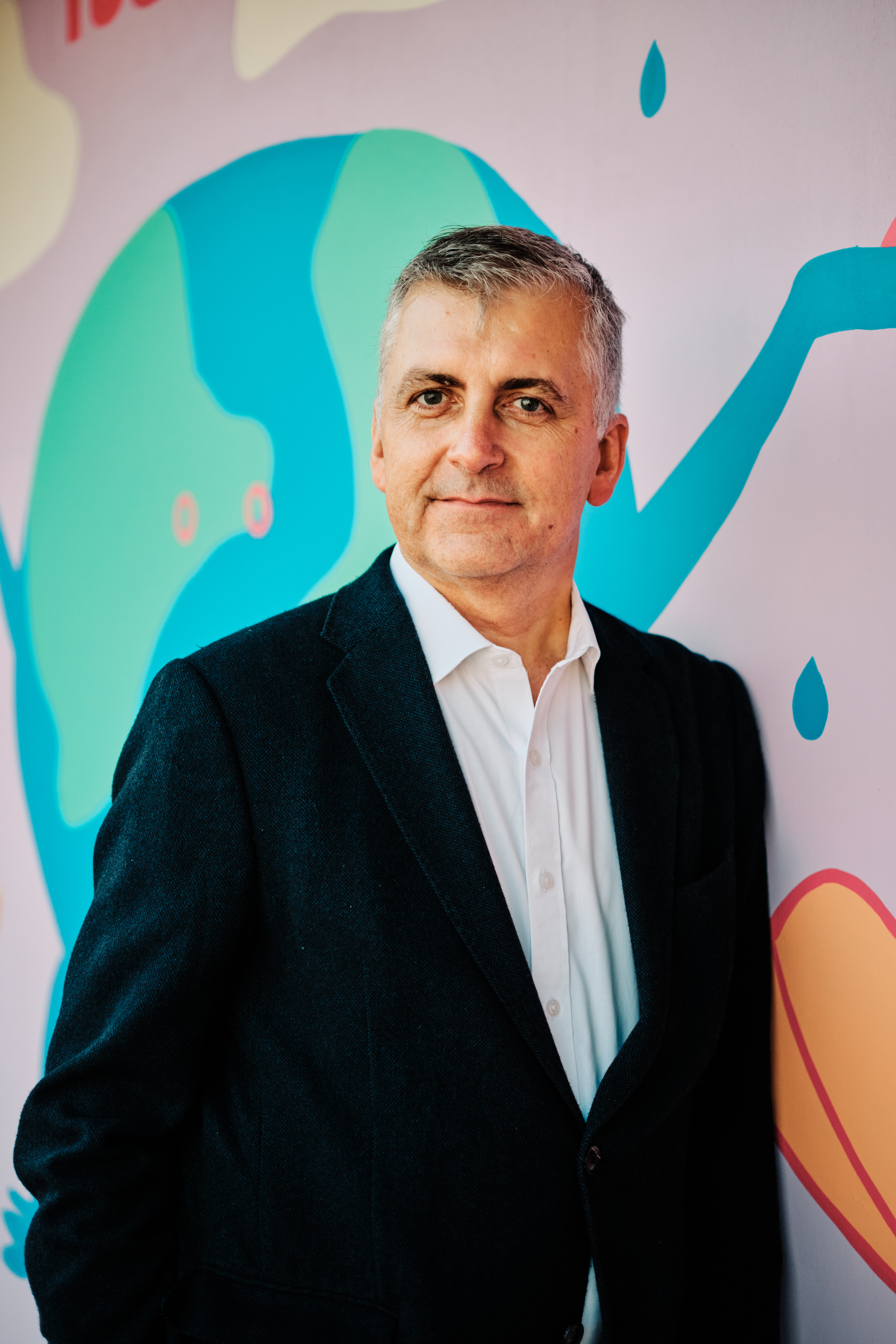


Jersey Water will have to improve its management of cancer-causing 'forever chemicals' as new regulations are introduced in 2030 – and "widely successful" technology trialled two years ago could be part of the picture.
The island's water provider has been trialling treatment processes including 'Surface Active Foam Fractionation' to extract PFAS from drinking water.
PFAS is a manmade chemical with links to cancer which can be found in trace levels in mains drinking water in Jersey.
PFAS was used extensively in the post-War years following its invention in the 1930s in America. Its ability to resist heat and fuel meant it was added to many everyday items, including floor tiles, clothes, and kitchenware.
However, from the 70s, concerns over its impact on health began to be raised, with the story of one US lawyer’s battle against a PFAS manufacturer depicted in the Hollywood film Dark Waters.
In Jersey, it is present in far higher concentrations in streams, ponds and boreholes close to the Airport, where firefighting foam containing the carbon-based compound was sprayed until the early 1990s.
In recent years, the Environmental Protection Agency in the US set advisory limits for two of the many thousands of PFAS compounds that exist, including PFOS, which was in the firefighting foam due to its ability to suppress heat and fuel.
The advisory limit for PFOS set by the EPA is 0.002 parts per trillion. The highest reading of PFOS found at Handois reservoir in 2021 was 0.078 nanograms per litre, which translates to 78 parts per trillion.
With growing global recognition of the potential health impacts of PFAS exposure, international standards are due to change, with EU and UK regulations tightening in 2030.
The UK's Drinking Water Inspectorate has asked water companies across the UK to build strategies to investigate and monitor PFAS in their catchments.

Pictured: Jersey Water Chief Executive Officer, Helier Smith. (Max Burnett)
"Once those UK regulations come into place, it's always going to be our intention to be fully compliant," explained Jersey Water CEO Helier Smith.
"...But it is a complex technical area with science that's changing on quite a rapid basis," he noted.
It's one of the reasons why, according to Mr Smith, the Jersey Water team "need to be keeping an eye on all of the treatment technologies available".
One of those – SAFF – was trialled back in 2022.
'Surface Active Foam Fractionation' is a filtration system which separates the PFAS from the water using small air bubbles. The chemical is removed in a concentrate that can then be disposed of safely.
Mr Smith said the trial of submerged aerated fixed films had been "widely successful", though Jersey Water clarified that this was a small-scale laboratory test and that they had not yet made a decision on which treatments to use.
"SAFF is just one of those and there's all sorts of regulatory and other hurdles to get through," he continued.
"There's only certain types of treatment which are approved in the UK, and so we have to be mindful of what other jurisdictions are doing to make sure that we implement the correct one in Jersey at the appropriate time."
Jersey Water responds to the government of Jersey, rather than the UK regulator, and Mr Smith stressed that Jersey Water was working with stakeholders and ministers on regulations for Jersey.
The use of PFOS at the Airport was first raised when residents living nearby discovered foam in ponds and wells. High concentrations of the chemical were identified, and the Airport paid for homes on boreholes to be switched to mains water.
In 2004, the Government reached a secret deal with 3M, the manufacturer of the firefighting foam.
In 2021, Express revealed the terms of that behind-closed-door settlement, which involved 3M paying Jersey £2.6m, which was used to build a new fire-training ground at the Airport.
In exchange, the States committed to “forever release, acquit, discharge, and covenant not to sue 3M or any 3M entity in relation to any and all Airport claims.”
As part of the deal, Government became legally obliged to provide information to 3M to help the chemical giant defend claims made against it, including by islanders who believe their health has been damaged by pollution.
An expert panel has since been set up to determine how the island should respond to the presence of PFAS and islanders who may be affected by it, and in September last year recommended what is known as "therapeutic phlebotomy" - a blood-letting procedure to help remove the chemical from their bodies.
Doctor appointed Gov's lead adviser on toxic chemical in water supply
Gov identify experts to recommend action on toxic chemical in water
Comments
Comments on this story express the views of the commentator only, not Bailiwick Publishing. We are unable to guarantee the accuracy of any of those comments.